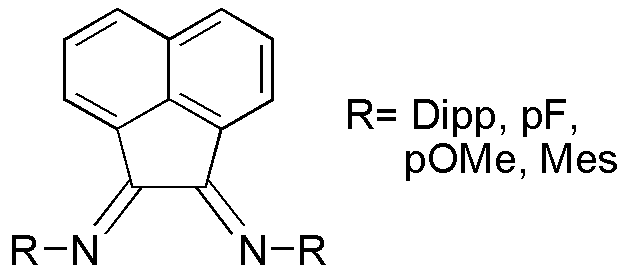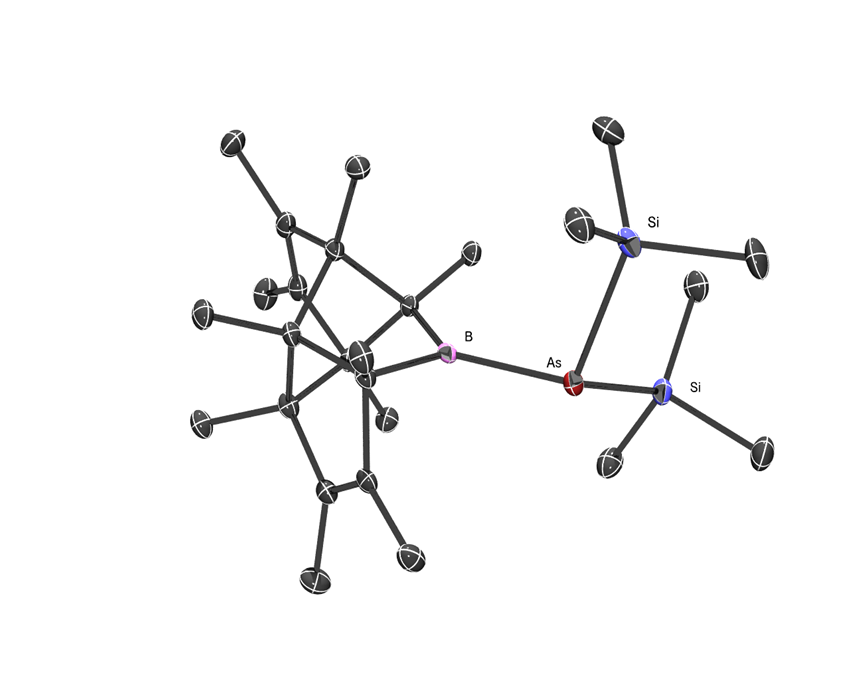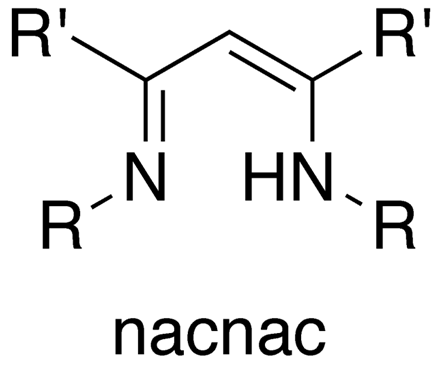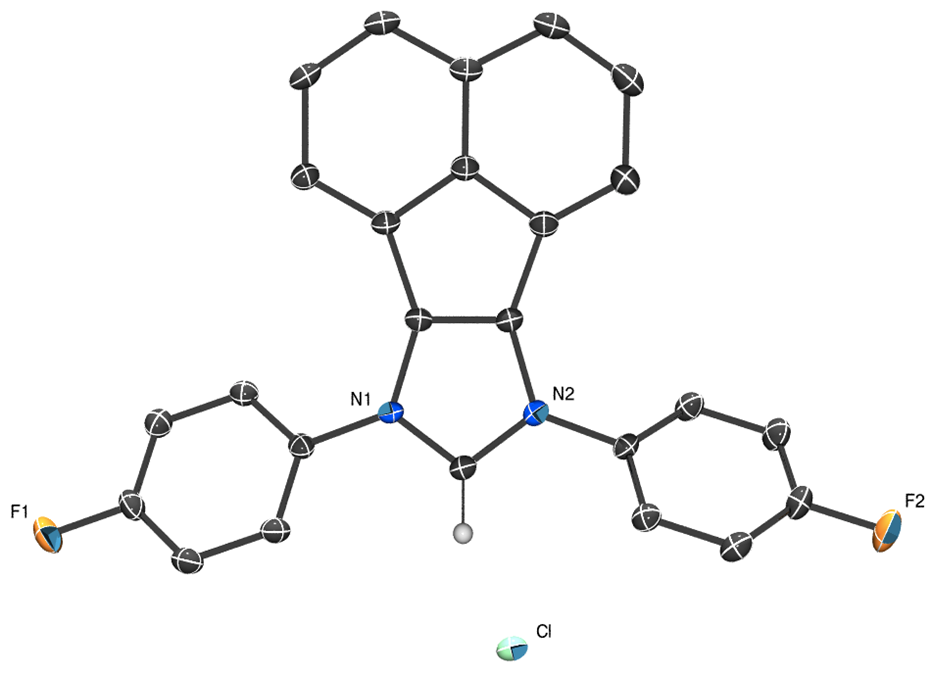Current Research
Most of the compounds studied in the Cowley group are air sensitive, requiring the use of Schlenk and glovebox techniques. We also use an array of physical methods to characterize our products, such as multinuclear NMR, MS, IR, UV-Vis, and single crystal X-ray diffraction, in addition to DFT calculations
Anti-Microbial Complexes Using BIAN-carbenes
The BIAN ligand, used extensively in our group, is very versatile. Electronic and steric tuning is facile by varying the R groups on nitrogen. It also possesses noteworthy redox properties. For example, BIAN can accept up to four electrons from a reducing agent.

N-Heterocyclic carbenes (NHCs) have become very important due to their ability to function as ligands in catalysis. Our group has recently become interested in other applications of NHCs, namely their antimicrobial properties. The antimicrobial effectiveness of silver is well known and this encouraged the successful use of silver-NHCs as antimicrobial agents. Shown below is a BIAN-carbene complex of AgCl.

Several imidazolium salts also show antimicrobial activity. Interestingly, these imidazolium salts are very effective antimicrobial agents, having some of the lowest reported MIC values. The MIC value is the lowest concentration of an antimicrobial that will inhibit the visible growth of a microorganism.
Synthesis and Photoelctrochemistry of Boron Arsenide
Theoretical calculations indicate that boron arsenide (BAs) closely resembles silicon and could be a potentially valuable electronic material. It can be synthesized by heating both elements in a sealed silica tube, or from the reaction of boron halides with arsine at high temperatures. However, these approaches present some drawbacks, such as difficulty in controlling the B:As 1:1 stoichiometric ratio.

Ambient temperature solution routes that yield GaAs and InP are known. A precursor incorporating the 1:1 ratio of the desired material is synthesized and then treated with methanol to hydrolyze the side groups. A single source precursor featuring boron and arsenic should provide better control of the stoichiometry of the resulting material.

Tetra(imino)pyracene (TIP) - Pd Coordnation Polymers Used in Suzuki Catalysis
The 2010 Nobel Prize in Chemistry was awarded to Heck, Suzuki and Negishi for palladium-catalyzed cross couplings in organic synthesis. This award has generated significant interest in academia and industry to synthesize new ligand-palladium systems, specifically for the biaryl synthesis of aryl halides and arylboronic acids.

Our research is focused on synthesizing a new N-heterocyclic carbene-palladium complex for the activation of aryl chlorides that exhibits both homogeneous and heterogeneous catalytic properties. Using the TIP ligand to synthesize a Janus type carbene that is complexed to palladium, producing a metallopolymer. This metallopolymer is capable of displaying high catalytic activity from very low catalyst loadings, as determined by UV-VIS spectroscopy. It is also amenable to easy separation and recovery. Mechanistic studies are ongoing to access this unique variation of the Suzuki catalytic cycle.

Phosphonium Ionic Liquids
Ionic liquids (ILs) are conventionally defined as salts that melt below the boiling point of water. They exhibit many favorable properties such as high solubility for both organic and inorganic compounds, high ionic conductivity, no measureable vapor pressure, thermal and electrochemical stability and excellent “tunability.”
Nitrogen-based ionic liquids have generated increased interest as novel reaction media, and as electrolytes in devices such as lithium ion batteries, double-layer capacitors, and dye sensitive solar cells. While relatively little work has been reported for phosphonium-based ionic liquids (PILs), the initial results indicate several advantages compared with their nitrogen-based analogues. In general, PILs display weaker electrostatic interactions with counterions which facilitates ion mobility in electrochemical applications. However, many phosphonium cations employ extended alkyl chain substituents that typically increase the viscosity of the resulting ionic liquid.
Project goals are to synthesize PILs with comparatively low viscosities (< 150 mPa·s), melting points lower than 56 °C and electrochemical windows wide enough to reduce SiCl4 or HSiCl3.


BIAN based Earth-Abundant Catalysts
Literature precedent has shown that alkaline earth metals are catalytically active when bound to diketimine (nacnac) ligand systems. We would like to design a catalyst with a similar ligand environment to the nacnac ligand system using a derivative of the BIAN ligand system.


The BIAN ligand derivative will be used to coordinate calcium, strontium, and barium to form catalysts. Interest in this approach is based on using earth-abundant metals (Ca, Sr, Ba) instead of rare-earth transition metals (Ru, Rh, Pt, etc.) for catalyzing many organic transformations. This could be a cost-effective alternative to expensive and rare metal catalysis.


